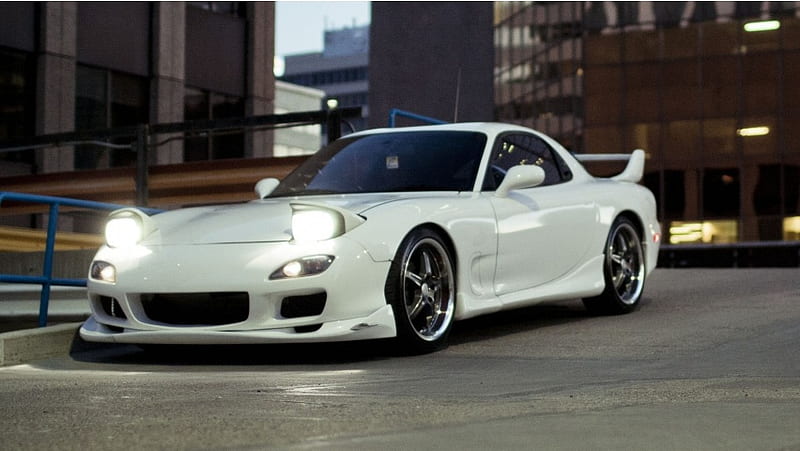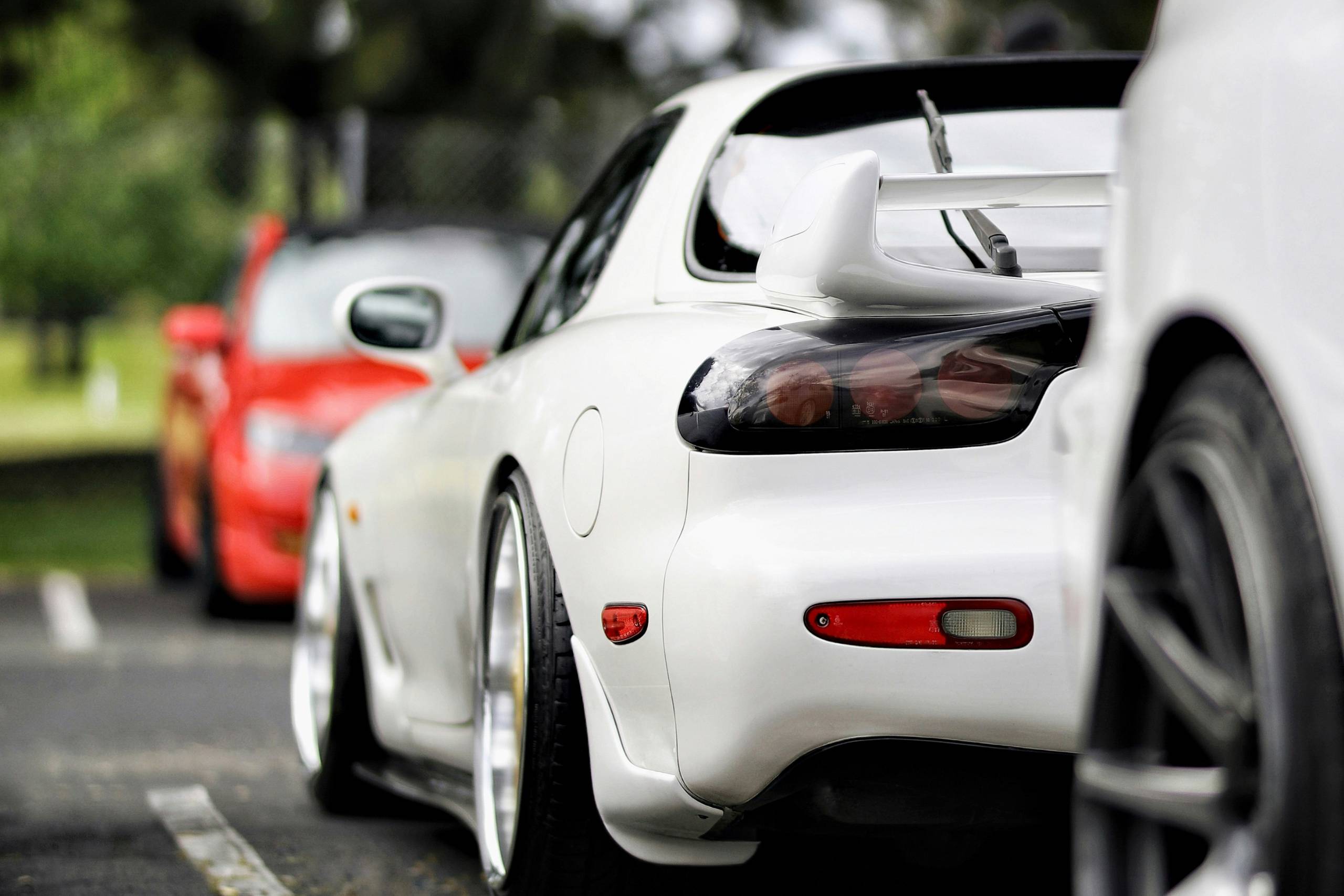Is the Mazda RX-7 Rare?
The allure of Japanese Domestic Market (JDM) cars has captivated automotive enthusiasts worldwide, with the 3rd generation Mazda RX-7 standing out as an iconic example. Renowned for its rotary engine, sleek design, and impressive performance, the RX-7 has become a topic of interest for seasoned collectors and enthusiasts alike. But is it really rare?
Checking the Boxes
- The Rotary Engine
One of the most defining features of the 3rd gen Mazda RX-7s are its rotary engine. Unlike conventional piston engines, the RX-7 is powered by a 13B-REW twin-turbocharged rotary engine. This engine design, known for its high-revving capabilities and smooth power delivery, is a rarity in the automotive world. The engineering complexity and the unique performance characteristics of the rotary engine set the RX-7 apart from other sports cars of its era. - Limited Production Numbers
The production numbers for the RX-7 were relatively low, particularly in markets outside Japan. As Mazda was nearing the end of the RX-7’s production run, fewer units were manufactured. This limited availability has made the 1997 model especially rare, with many of these vehicles being preserved by collectors rather than driven regularly. The scarcity of the 1997 RX-7 in good condition further enhances its rarity. - Timeless Design
The RX-7 features a sleek, aerodynamic design that has aged gracefully over the years. Its smooth, flowing lines and aggressive stance give it a timeless appeal. The car’s design not only contributes to its aesthetic beauty but also to its performance, with an emphasis on reducing drag and enhancing stability at high speeds. This combination of form and function makes the RX-7 a standout in the design department. - Cultural Significance
The RX-7 has cemented its place in popular culture, appearing in numerous video games, movies, and TV shows. Most notably, it gained widespread recognition from its appearances in the “Fast & Furious” franchise. These cultural references have elevated the RX-7’s status beyond that of a mere car, turning it into an icon recognized by enthusiasts and casual fans alike. - Performance Capabilities
Even by today’s standards, the performance capabilities of the 3rd generation RX-7 are impressive. The twin-turbo rotary engine delivers around 276 horsepower, allowing the car to accelerate swiftly and handle with precision. The RX-7’s lightweight construction and near-perfect weight distribution contribute to its exceptional handling dynamics, making it a favorite among driving enthusiasts. - Aftermarket and Tuning Potential
Another factor contributing to the RX-7’s rarity is its popularity in the aftermarket and tuning communities. The car’s robust engine and well-balanced chassis make it an ideal candidate for modifications. Many RX-7s have been customized to enhance their performance or to reflect the owner’s personal style. Finding an unmodified, original 3rd generation RX-7 in excellent condition can be a challenge, adding to its rarity.
RX-7 vs RX-8
Enthusiasts often prefer the Mazda RX-7 over the RX-8 for several reasons, largely related to performance, design, and legacy. Here are some key factors:
Handling and Driving Dynamics
The RX-7, with its lightweight design, balanced weight distribution, and excellent handling, is often considered a purer sports car with more precise and engaging driving dynamics, while the RX-8, despite its good handling and balanced chassis, has a slightly heavier weight and less aggressive setup, making it less of a raw sports car experience.
Design and Aesthetics
The RX-7’s sleek, aerodynamic design is iconic and widely regarded as one of the most beautiful sports car designs, whereas the RX-8, with its unique and modern design, including distinctive freestyle doors, doesn’t evoke the same level of passion and admiration as the RX-7’s classic sports car look.
Legacy and Heritage
The RX-7 has a strong motorsport pedigree and a significant place in automotive history, with notable success in racing and a dedicated fan base, cementing its legendary status, while the RX-8, despite having its own fan base and contributing to the rotary engine legacy, lacks the same level of historical significance or cultural impact.
Modifiability
The RX-7 is highly regarded in the tuning community for its modifiability, with enthusiasts appreciating its ease of modification and tuning to achieve greater performance levels, whereas the RX-8, though also modifiable, is generally seen as less conducive to extensive performance tuning compared to the RX-7.
In summary, the preference for the RX-7 over the RX-8 among enthusiasts is primarily driven by the RX-7’s superior performance, iconic design, rich motorsport heritage, and greater potential for modifications.

The Final Verdict
3rd generation Mazda RX-7s are considered rare by many enthusiasts in the world of classic cars, with its unique rotary engine, limited production numbers, timeless design, cultural impact, impressive performance, and tuning potential. Whether you’re a long-time fan of the RX-7 or new to the world of JDM cars, there’s no denying the special place the 3rd gen RX-7s hold in automotive history.
JDM Finance
Woodside Credit provides simple interest car loans tailored to JDM vehicles, with amounts from $20,000 to $1,000,000 and terms up to 180 months. Start a Quick Quote to estimate the payment on your dream JDM car. We look forward to serving you!


